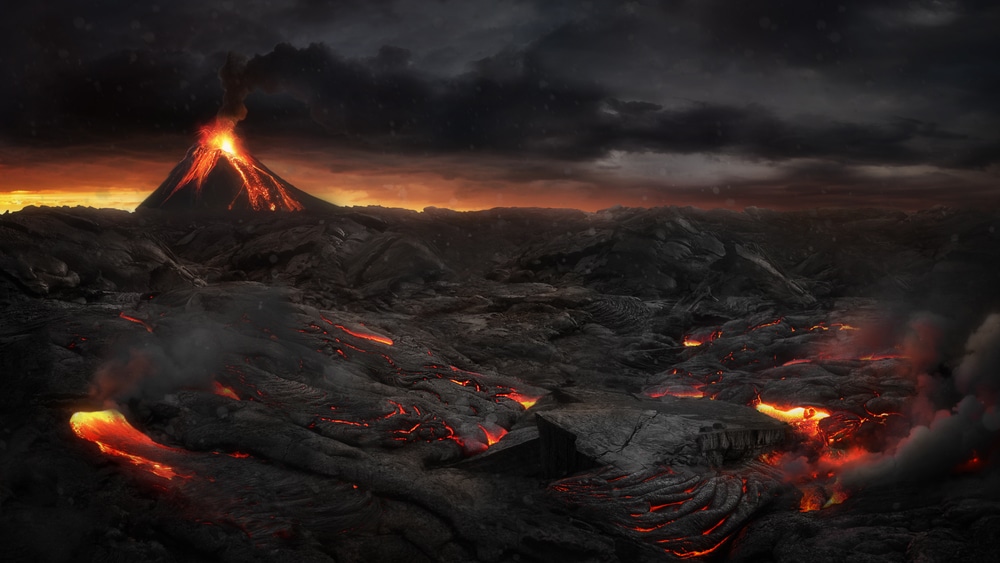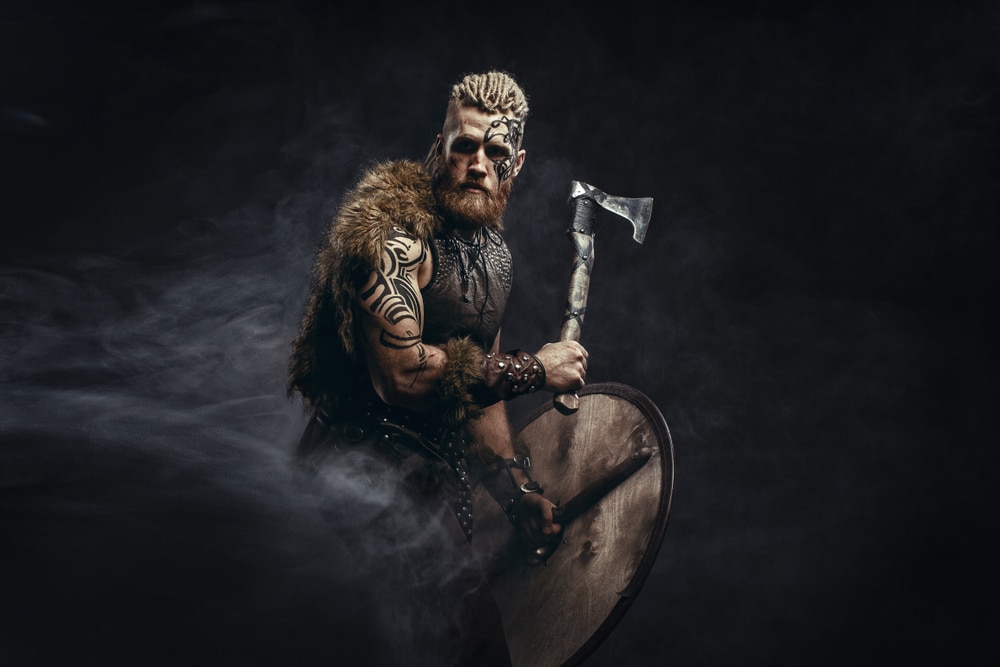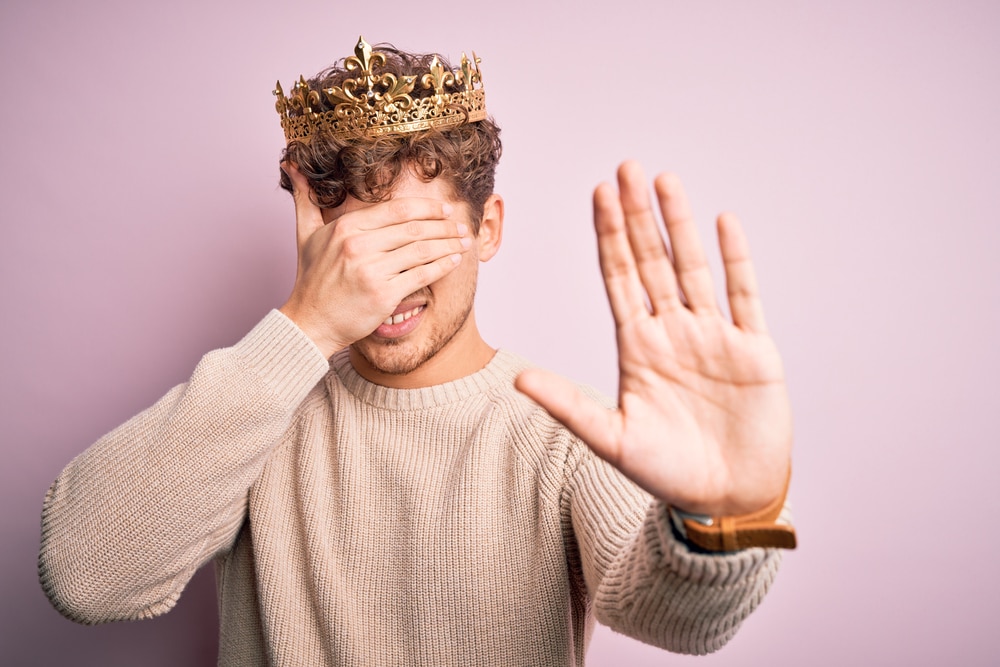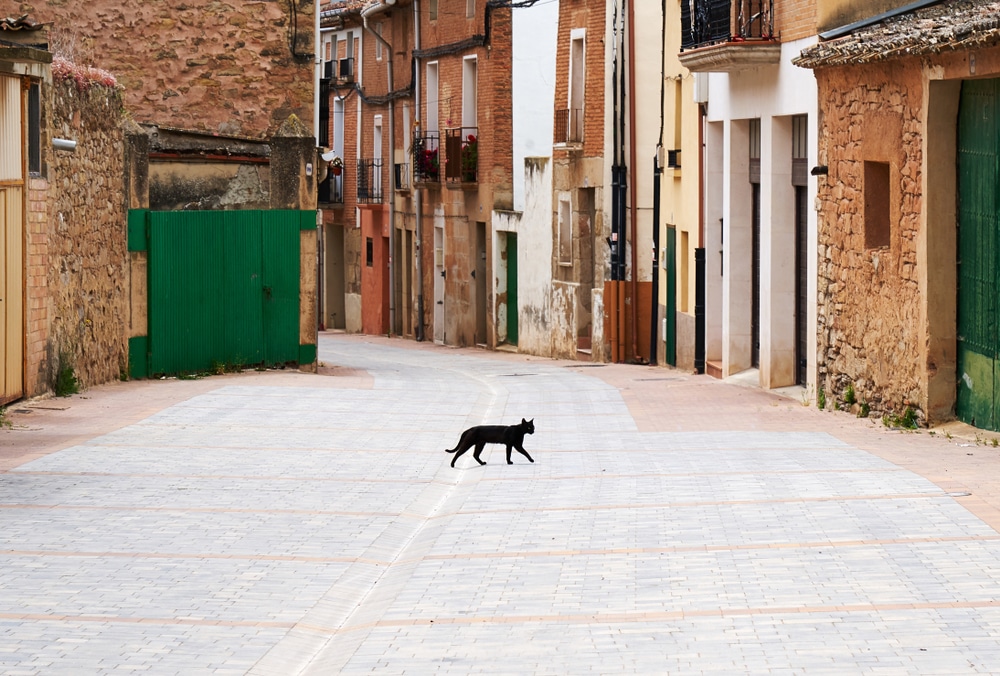How can something be magnificent but scary at the same time? Well when you really think about it, most of the things that instill fear in us humans also pique our interest in ways that we don’t often understand. And on this wondrous blue planet that we live on, there’s no shortage of terrifyingly beautiful things for us to witness. So why don’t you keep on reading to see what made the cut.
1. Space
While this one is technically out-of-this-world, it’d be wrong to leave it out of this list. After all, there’s so much about our universe that’s barely understood. In the grand scheme of things, we’re just a grain of sand in the vastness of space that’s made up of billions of galaxies and stars, and black holes that suck in everything, not to mention asteroids that could easily wipe us out clean. But that doesn’t stop us from staring at the night sky in awe, even going as far as creating all sorts of stories and mythologies to put our curious minds at ease.
2. Lightning
Lighting comes and goes pretty quickly, but have you ever seen pictures of it? Fascinating, isn’t it? There’s just something really cool about the way electricity streaks and crackles across against dark storm clouds. It’s even more impressive when multiple lightning bolts are photographed at once. But the scary part isn’t just the roaring thunder that follows. It’s the fact, in a stroke of extremely bad luck, that you could get struck by lightning. Though your chances of that happening is 1 in 300,000.
3. Tornadoes
These devastating vertical funnels of rapidly spinning air are responsible for over a thousand injuries and nearly one hundred deaths every year in the United States. Most people are understandably terrified of tornadoes, but others find them fascinating to look at, even going as far as observing up close and personal. These people are known as tornado chasers, and the bigger the tornado, the more exhilarating they find the experience to be. But us regular folks prefer to admire them through pictures and videos.
4. Volcanoes
Since the beginning of time, humans have held volcanoes in high regard, both worshiping them but also fearing the immense power hidden within. It’s safe to say that we modern humans aren’t that different from our ancestors—we’re still scared of volcanoes, obviously because of the extensive damage that eruptions can cause. But there’s no denying that it’s really interesting to watch a volcano spew out lava and molten rocks, even creating new islands! Sometimes eruptions will produce an electrical discharge known as volcanic lightning, further piquing our interest in volcanoes.
5. The Ocean
The ocean covers nearly 70% of the Earth, yet over 80% of it remains unexplored to this day. Many people are afraid of the unknown and there’s so much that we don’t know about what’s lying in the deepest parts of our own planet. But the 20% that we are aware of is quite spectacular, don’t you agree? Colorful tropical fishes and coral reefs, giant blue whales, great white sharks and so many more marvelous and unique creatures… some even glow in the dark! Not to mention the numerous shipwrecks that lie on the seafloor.










